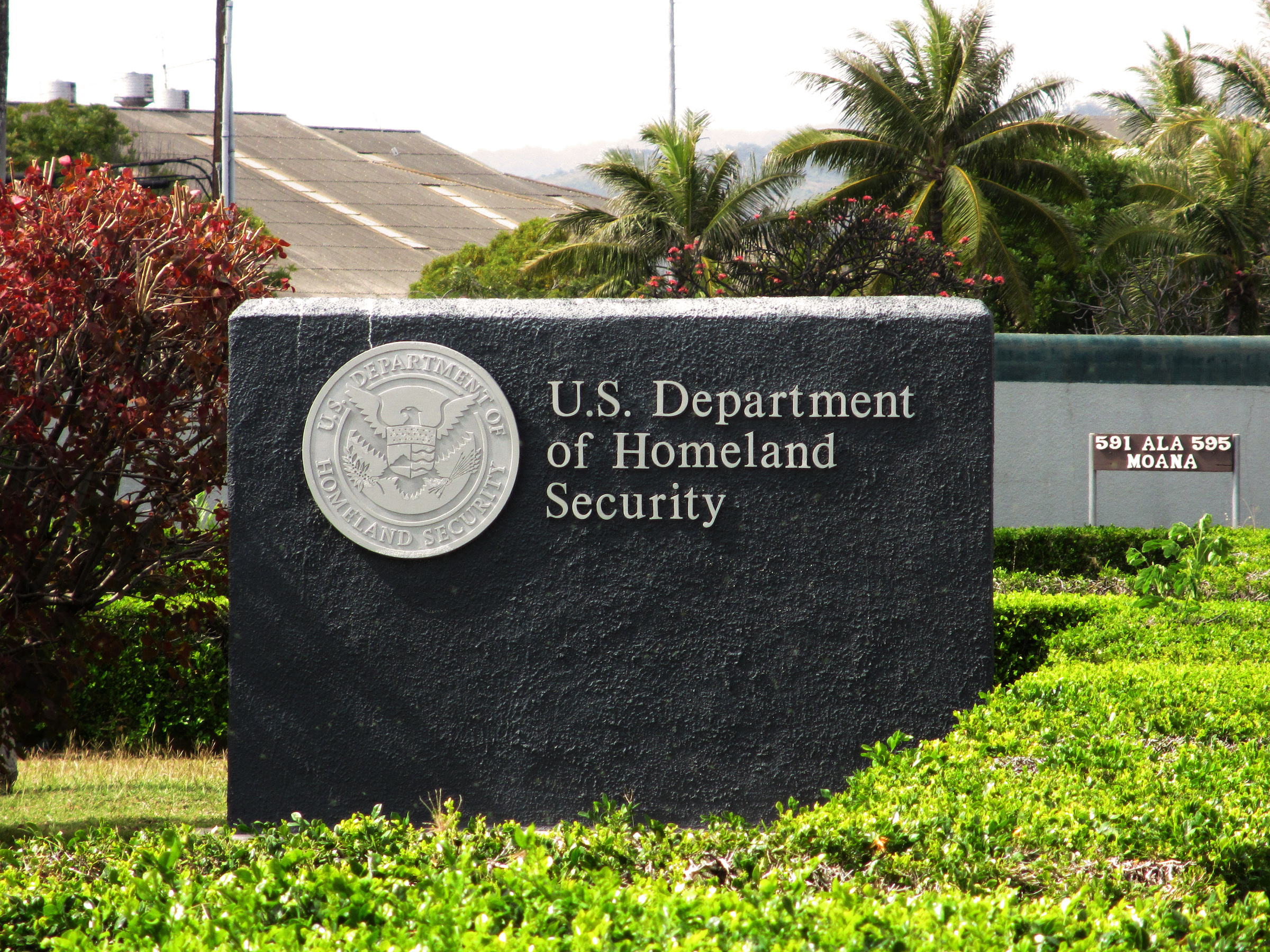.jpg)
.svg)
You don't need to be famous or have decades of experience to qualify for an Extraordinary Ability (EA) green card.
Many successful EA applicants started exactly where you are now: as students or recent graduates with an EA goal. They spent their college years focused on building skills, collecting achievements, and creating proof of excellence to meet that goal.
This guide explains how to start building your EA profile while you’re still in school and how to use each step to strengthen your case for EA success.
Understanding "Extraordinary Ability"
U.S. Citizenship and Immigration Services (USCIS) offers two visa categories for highly skilled individuals in the sciences, arts, education, business, or athletics:
EB-1A (Extraordinary Ability Classification): For people who've reached the top of their field, this is the most direct path to permanent residence (“green card”). It allows for self-sponsorship that doesn’t tie you to a specific employer. You prove your case through evidence of recognition, achievement, and contribution that support an overall showing of sustained acclaim.
The standard is high, but approval brings immediate eligibility to apply for a green card. Learn more about EB-1A.
O-1 (Nonimmigrant Classification for Extraordinary Ability Individuals): The O-1 visa allows you to work temporarily in the U.S. if you can demonstrate outstanding ability and recognition in your field. It requires employer sponsorship, but can be renewed indefinitely and often serves as a stepping stone toward an EB-1A.
While both categories use similar criteria, USCIS tends to apply stricter standards to EB-1A petitions. The O-1 is generally easier to qualify for early in your career and has a higher approval rate (around 94%, compared to 72% for EB-1A).
Learn more about the O-1 visa.
Why EA Matters for Students
If you’re an international student, qualifying for EA status can open a more stable and independent path to staying in the U.S. after graduation.
Many graduates rely on the H-1B visa, but that process is unpredictable. Between annual caps and the sheer volume of petitions, most are unsuccessful. The O-1 and EB-1A categories are not lottery-based, allowing you to control your immigration path based on your achievements, not chance.
Whether you pursue O-1 or EB-1A, both share one important characteristic: USCIS requires strong evidence that demonstrates your extraordinary abilities. They want to see awards, publications, media coverage, original contributions, recognition from experts, and sustained acclaim over a period of time.
Your job is to build that evidence, and that process can start while you’re still in school.
Step 1: Use Your F-1 Years to Build the Foundation
Your F-1 student visa years are more than just a study period, they’re the groundwork for your EA case. Every class, project, and collaboration can become part of your future immigration petition. The key is approaching each opportunity with intention. EA petitions succeed or fail on the strength of their evidence.
Turn Academic Work Into Evidence
Your research matters. Thesis work, capstone projects, and published papers all serve as evidence of contribution to your field.
- Research and publications: Thesis work, journal articles, and capstone projects show original contribution.
- Awards and scholarships: Demonstrate recognition by peers and experts.
- Fellowships and grants: Prove others believed in your work before you even graduated.
Leadership roles build your EA profile too. These kinds of activity show distinction among your peers:
- Serve as president of a student organization
- Organize a conference
- Lead a research team
Make Real Contributions to Your Field
Your coursework contributions count. Students often work on projects that advance their discipline, even as part of class assignments.
- Collaborate with professors on research that gets published.
- Co-authorship on a paper demonstrates you're contributing to your field's knowledge base.
- Present your findings at conferences.
- Assist in recognized labs, studios, or research centers.
Look for opportunities beyond coursework.
- Volunteer your skills on meaningful projects.
- Enter competitions that showcase your talent.
- Produce work that solves real problems or advances understanding.
Tip: Always document your work. Keep copies of certificates, presentations, and published material. If you don’t record your achievements now, you may not be able to prove them later
Step 2: Build Visibility and Recognition
To qualify for an EA visa, USCIS must see that your field recognizes your excellence. Visibility matters.
- Create a portfolio website showcasing projects and publications.
- Use LinkedIn to highlight accomplishments and connect with professionals.
- Share insights and findings in your field in appropriate public forums.
Additional ways to gain visibility and recognition include:
- Enter competitions at every level, from campus hackathons to national and international contests in your field.
- Win prizes and awards that create documented proof of excellence among your peers.
- Exhibit or present your work publicly at student showcases, conferences, or competitions.
Make efforts that can build your reputation beyond your immediate circle. Some ways to do that:
- Get quoted in student newspapers
- Pitch stories about your research to local media
- Write articles for industry publications or academic blogs
Ensuring USCIS recognizes your extraordinary accomplishments isn't simply about doing excellent work. It's about creating proof that others recognize your excellence, too.
Step 3: Start Collecting Evidence Early
Building an EA case takes time. Start creating an “evidence file” now and update it regularly.
- USCIS requires a showing of sustained acclaim, and the longer the period, the better.
- Keep copies of every certificate, award, and recognition letter.
- Save screenshots of media mentions.
- Document collaborations with professors, institutions, or industry partners.
- Track your impact with numbers. Quantifiable impact strengthens your case.
- How many people read your research?
- How many attended your presentation?
- How many users downloaded your app or tool?
Begin identifying recommenders, and build these relationships while you're still in school. Professors who know your work well can write strong recommendation letters later. Industry professionals you've collaborated with can attest to your contributions.
Create a simple spreadsheet to organize results. This takes a few minutes now and saves hours, days, and weeks later.
- List every achievement, award, publication, or recognition as it happens
- Include dates, descriptions, and where to find supporting documentation
Step 4: Use OPT to Turn Potential Into Proof
Use your time in Optional Practical Training (OPT) status strategically. During OPT:
- Publish additional research or lead key projects
- Apply for awards or grants in your field
- Speak at conferences or participate in panels
- Take on leadership roles that show influence beyond your immediate job
Continue building visibility. Now that you’re actively working, your results reach larger audiences. Submit to competitions, seek speaking opportunities, and build relationships with recognized figures in your field.
Building extraordinary proof is a result of consistent, visible contributions over time. Students who maintain momentum after graduation can often qualify for O-1 visas within a few years. EB-1A success typically takes longer but becomes achievable with sustained excellence.
How Boundless Helps You Get There
At Boundless, we help you go beyond filing forms. We help you build your credentials strategically.
Our Extraordinary Ability screening tool evaluates where you stand today. It shows which criteria you already meet and which areas need strengthening. Once you understand where you are now, you can move forward confidently with targeted credential-building strategies.
Our platform helps you identify the strongest evidence from your academic and professional work. We show you how to frame achievements in ways USCIS recognizes.
When you’re ready to apply, Boundless connects you with vetted immigration attorneys who specialize in O-1 and EB-1A cases. They’ll help organize your documentation, refine your petition narrative, and ensure every piece of evidence supports your case.
With Boundless, you’ll have a coach, mentor, and legal partner guiding you from promising student to recognized professional.
Your EA Journey Starts Now
The Extraordinary Ability journey doesn't start when you've "made it." It starts when you decide to build toward it.
You're never too early in your career to start. You're exactly where many successful EA applicants began, with potential, drive, and time to build proof.
Ready to assess your EA potential? Take the Boundless 5-minute EA screening tool to see where you stand. Your green card journey might be closer than you think.
{{cta-component-horizontal-aligned}}
.png)
Ready to see if you qualify for an Extraordinary Ability Visa?
Take our complimentary assessment and receive expert legal advise from our attorney team
Ready to see if you qualify for an Extraordinary Ability Visa?
Take our complimentary assessment and receive expert legal advise from our attorney team
.png)
.png)








.svg)
.avif)